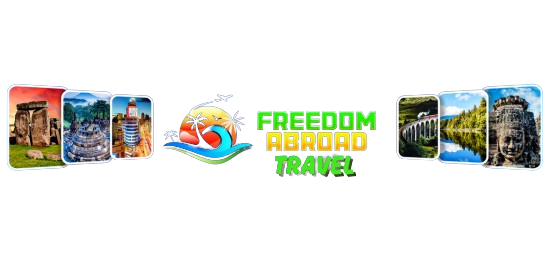Travel Guide
Americans Will Need To Get A Digital Entry Permit To Fly To This Trendy Asian Country
Joining in on a trend that seems to be taking the world by storm, Sri Lanka is the next country to tighten entry rules for Americans.
An island nation in South Asia, famous for its lush jungles, unspoiled coastline hugged by azure seas, and sprawling capital, Colombo, a vibrant melting pot of cultures with Indian, British, and Dutch influences, Sri Lanka has been rising in popularity among travelers.
However, if you’re a U.S. passport holder and you’re visiting from October 15, you will need to get a digital entry permit before you leave home; otherwise you won’t be allowed to board your flight, let alone enter Sri Lanka:
Understanding Sri Lanka’s Complex Visa Rules
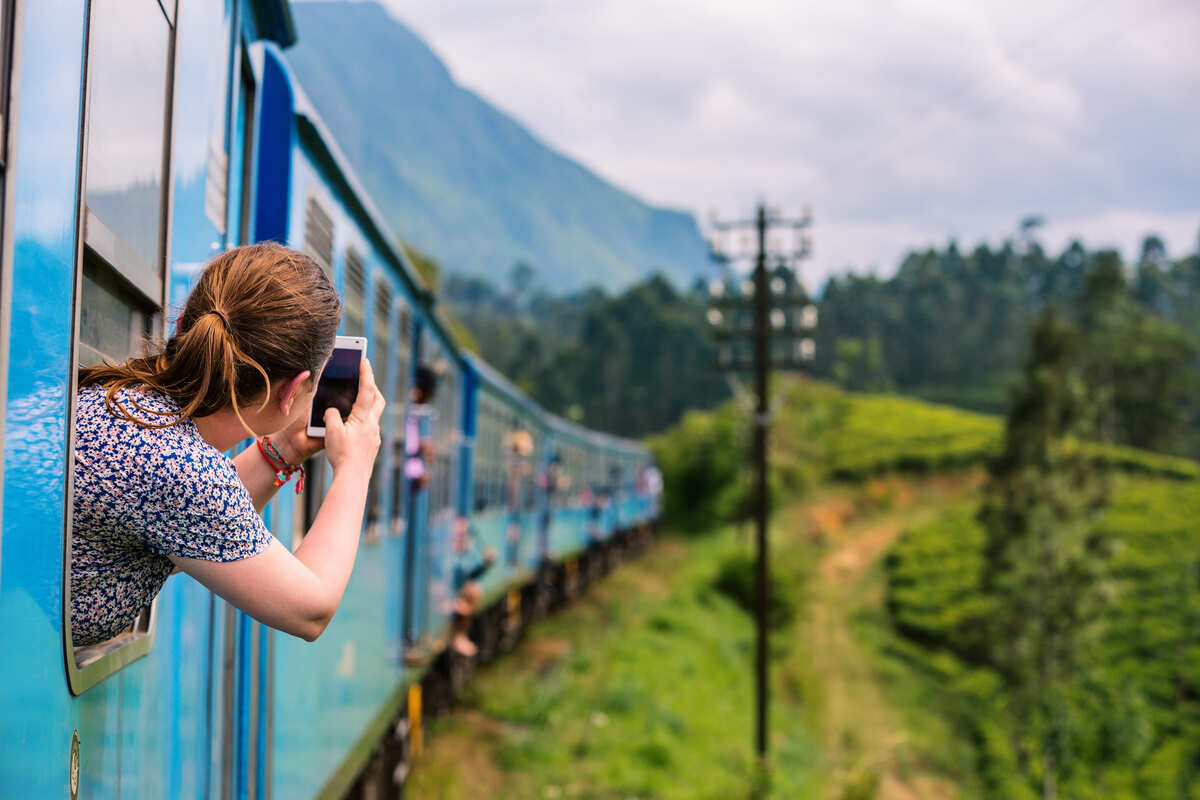

Sri Lanka has never been exactly known for having an uncomplicated visa system. From e-Visas, to e-Visas On Arrival, to regular Consulate-issued visas, there were plenty of options at hand, yet somehow, that never made it easier for tourists planning visits.
Those flying to Sri Lanka had to keep up to date with regulation changes on a daily basis, and this year, not much has changed.
Although it was announced back in July that the Sri Lankan Government was, in fact, scrapping e-Visa fees for foreigners and making it less bureaucratic for them to travel to Sri Lanka, they now seem to be eyeing a complete 180.
Not only will the fee be maintained, at least for the time being, but starting this fall, Americans (and every other tourist, regardless of nationality) will no longer be eligible to fly to Sri Lanka without obtaining prior authorization.
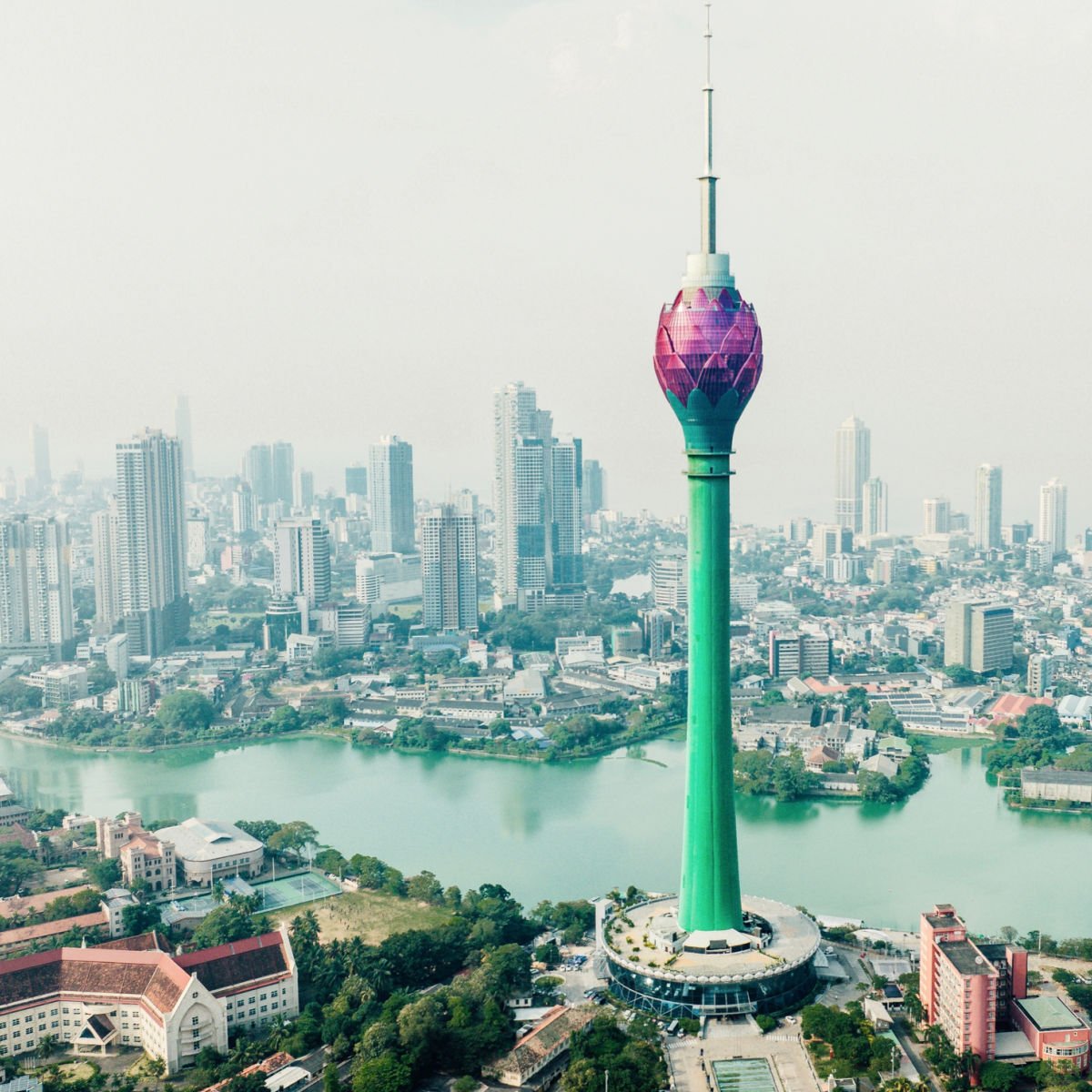
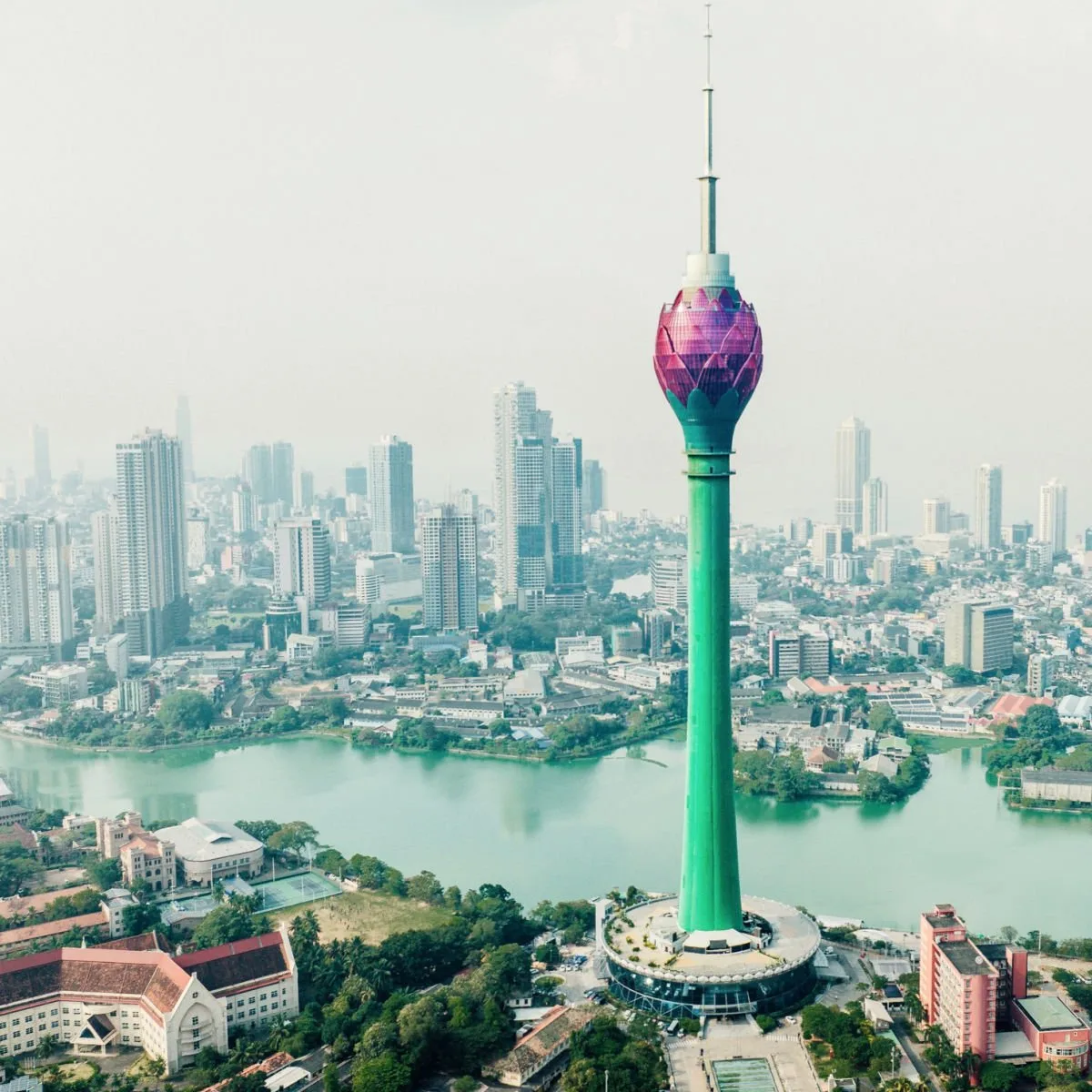
Introducing The New Sri Lankan ETA
As confirmed by several Sri Lankan Embassies, including those in Paris, Jakarta, and Ankara, travelers heading to the South Asian nation must now apply for an Electronic Travel Authorization (ETA) ahead of departure.
Though they are not described as such, ETAs are effectively digital visas: in countries that enforce them, and recent examples include the United Kingdom and Saint Kitts and Nevis, you’re not eligible to travel until you’ve got ‘ETA approved’.
Getting an ETA typically involves completing an online form, where you must answer a series of personal and security questions, upload a photo of your passport, and pay a fee. The fee varies wildly between countries, ranging from $21 in the U.K. to a more biting $68 in New Zealand.
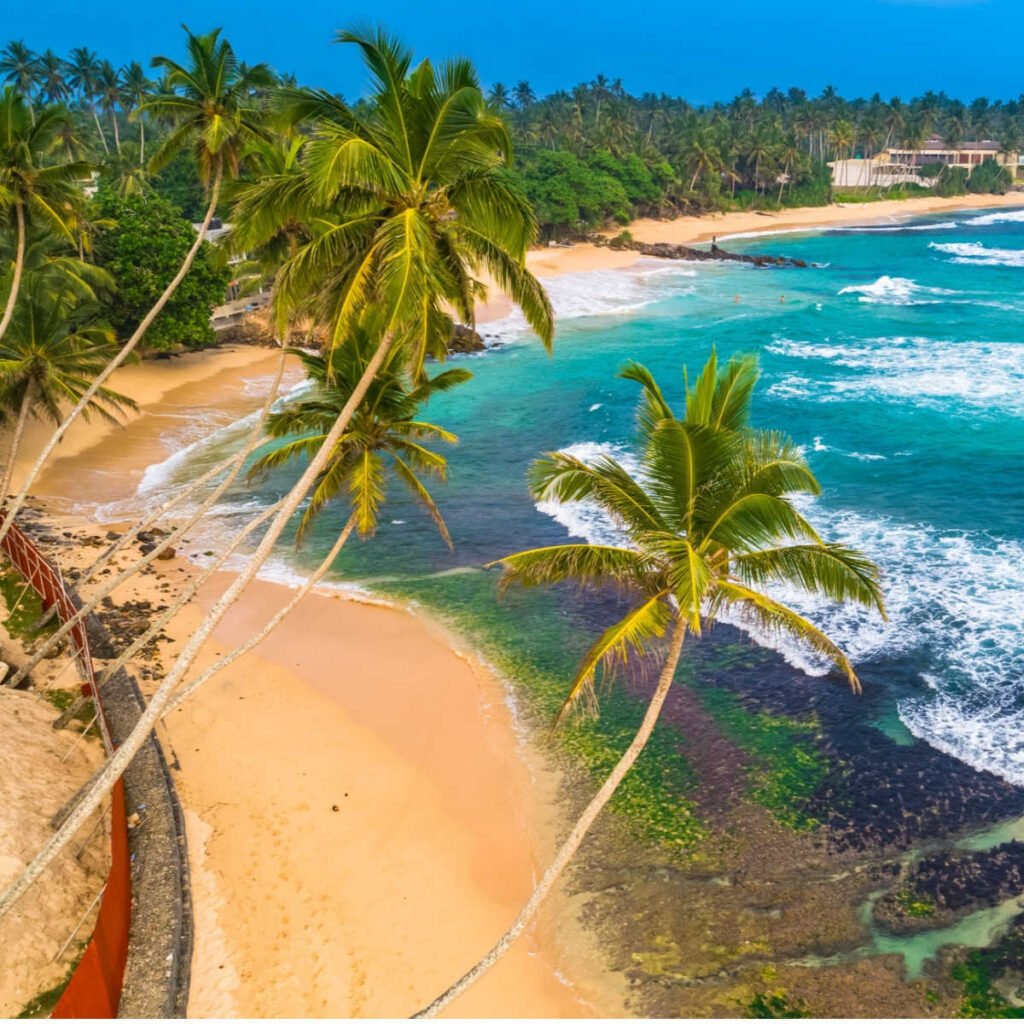
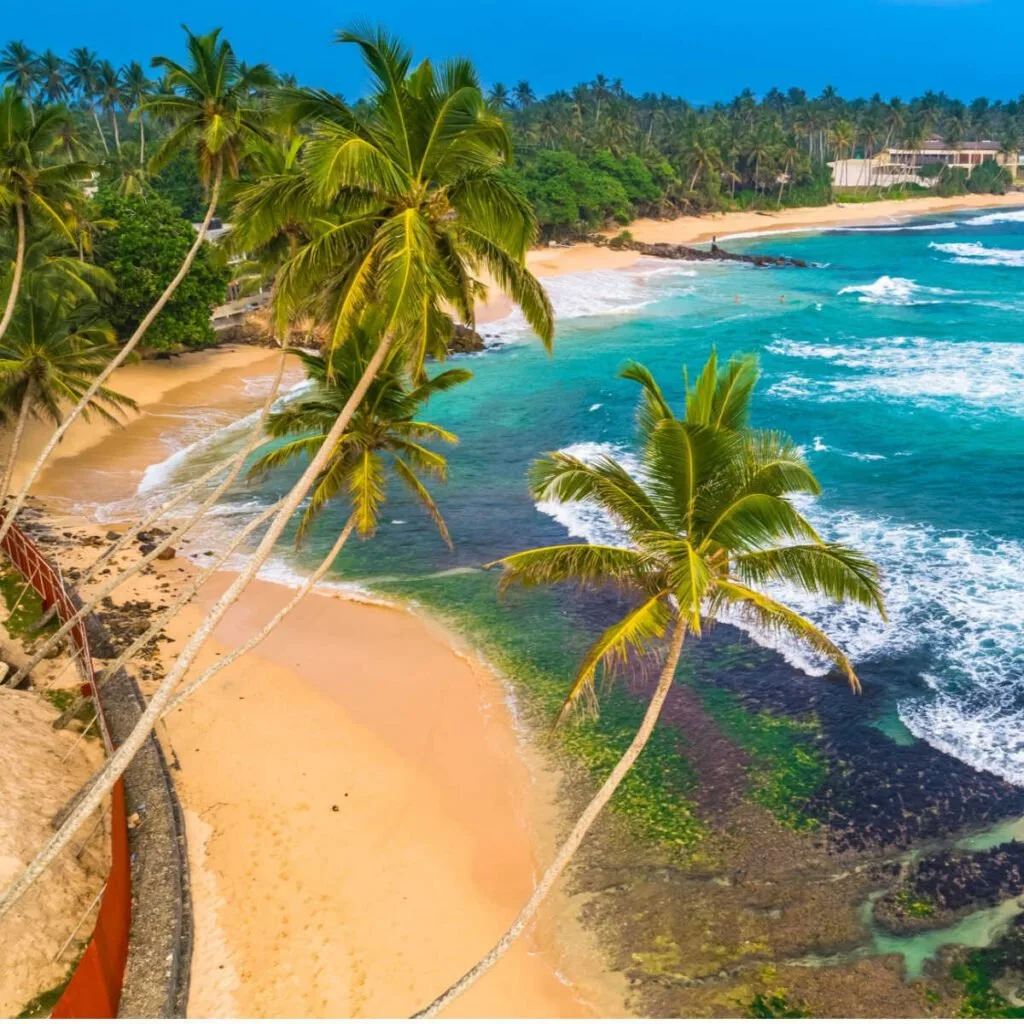
Regarding Sri Lanka, despite their promise of a fee waiver, we’re still uncertain whether the new mandatory ETA will incur an additional cost. For the moment, it’s safe to assume it will.
At the moment, citizens of only 7 nations are exempt from paying a fee to enter Sri Lanka: China, India, Russia, Indonesia, Thailand, Malaysia, and Japan—as you can see, Americans are not part of the select group.
How To Get The Sri Lankan ETA
The new Sri Lankan ETA can be obtained via the official Sri Lankan ETA website, and right now, the fee is $50 for a double-entry permit. The process is the following:


- Access the official website at eta.gov.lk
- Complete the online form (this may include uploading a picture of your passport)
- Pay the $50 fee
- Wait for the confirmation email within a couple of minutes or hours.
Beside the ETA, your U.S. passport must have at least 6 months of validity left from your date of departure from Sri Lanka, and at least one full blank page for entry and exit stamps.
The Sri Lankan ETA is valid for 6 months from the date of issue, so you will have 180 days to enter the country after you’ve obtained it, and it allows you a stay of up to 30 days. If you plan on staying longer, you have the option to extend the visa through local immigration offices.
So far this year, Sri Lanka has hosted over 1.7 million tourists. In September alone, 150,000 foreign entrants were recorded.
This already marks the country’s best first semester in terms of tourist arrivals, and should the trend continue, it will potentially surpass 2018’s all-time high of 2.3 million in a year.
The Travel Off Path Advantage: Your Travel Toolkit
Subscribe To Our Latest Posts
Enter your email address to subscribe to Travel Off Path’s latest breaking travel news, straight to your inbox.
